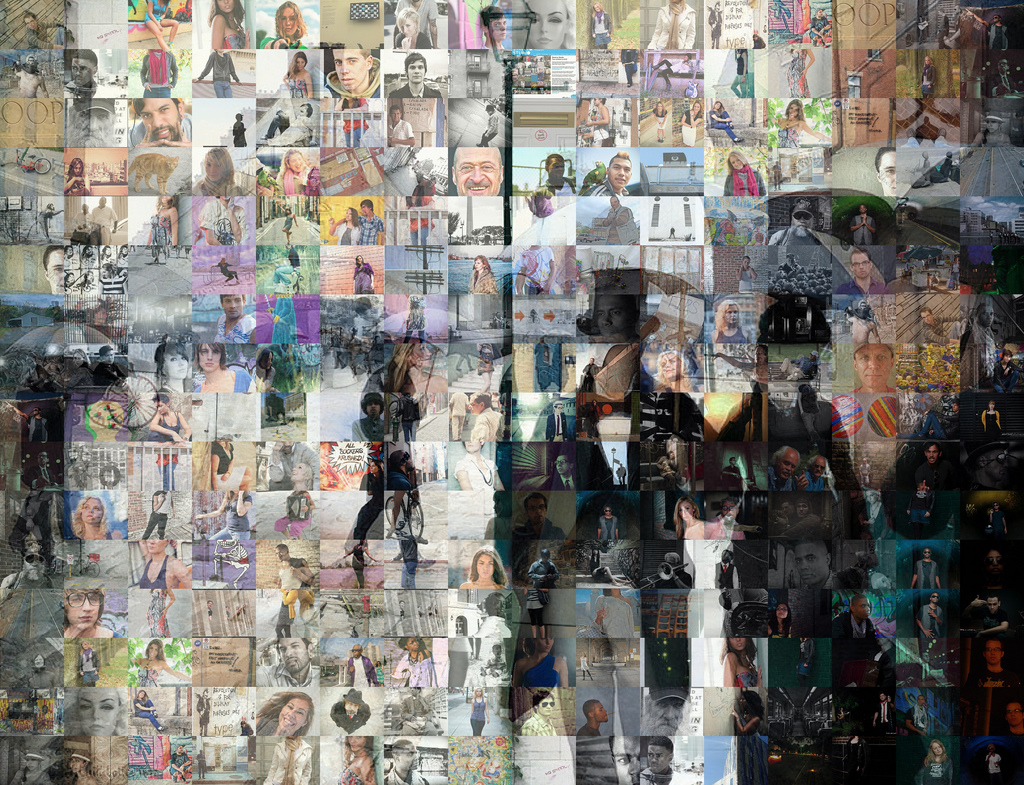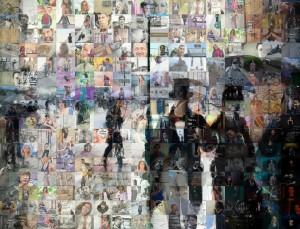Caveat: mLearning and Depictions of the Future
For those who are coming here expecting a different type of writing, perhaps depictions of the future, know that mlearning and these explorations into open learning inform that writing. I had mentioned in that post about how science fiction writers use architectural structure as constants in depicting the future. It is an accessible narrative device, a building, a home, a street. I had lamented in that post about how I see little depictions of social fabrics and interactions, at least outside the highly dystopian kinds (Blade Runner et al). That is partly why I am so interested in MOOCs, open learning, and mlearning. It is in these highly fluid spaces, these chaotic environments of ephemeral connections and collaboration, do I see that social future beginning to take shape. We see connection driven by purpose (learning objectives) or serendipity (stumbling upon a topic or person of interest), by rebellion (rejecting the loose order of open learning and drawing other rebellious types (not a bad thing, necessarily), by adherence and reverence (open learning as an almost spiritual act, soulful pursuits of learning for all).
This is, in my estimation, what the future social fabric will look like. Not surprisingly, it looks a lot like the present. I think we will just see a fusion of these layers of activity (virtual vs. physical) onto an augmented consciousness. We will interact simultaneously and consciously on parallel levels. Perhaps we can consider this the end stage evolution of multitasking. Some of this interaction will be technologically enabled (much of it, actually); some of this intelligence will be distributed (freeing our minds to become thinking and social machines, not datastores), but social interaction will remain a constant. It will increase in volume, flutter in terms of quality, quiver in the face of responsibility and basic survival (ie, jobs), but it will be a frontier on which we build social structures. These social structures are the conduits of learning, those highways of flying cars depicted in those future accounts.
Tipping Point: An Anecdote
And these layers of simultaneous interaction are already here, they are already redistributing the neural pathways, causing psychological and physiological shifts in our brains. We see neural pathways ignite with music, we see a distributed emotional balance emerge from a disciplined social interaction (online or otherwise), we see balance being forged from chaos. And the virtual (I hate that term but consider this a distinction between physical) will begin to dwarf the physical.
Consider your daily lives and the amount of people you interact with physically. How many times do you speak with someone a day? My reality is motion, movement, relocation, a general nomadism. There are days when I speak to nobody but my wife (currently on Skype as we are in two different countries temporarily), verbally interact with nobody but the store clerk. Yet my virtual world is rich, stacked with transient, overlapping discussions and interactions. I interact with hundreds online, but just a handful in my physical life.
Some would lament that. I don’t. My reality has always been a limited scope of physical interactions. It hasn’t lessened over the years. I just expanded in another direction. Socially, intellectually. It is an increased space in which to explore, not a zero sum exercise. And it has tipped dramatically towards the virtual (in sheer volume and quality). This has everything to do with larger pools of potential exchanges and learner autonomy. I am free to seek meaning, to extract quality, to advance knowledge. I can do that in my physical space as well, but not in the same breadth of scope. There are millions of smart, generous people looking to connect, like magnets floating through space. They will merge and emerge strengthened. They will connect and then break apart. That is what they are naturally meant to do.
mLearning captures this simultaneity of activity, this scale of community greater than any other learning imaginable (in my estimation). These are the learning realities of the modern age and there is great opportunity there. We just need to explore the contours of this fluid, social space as we will adhere to and engineer it just like tires to a road.


